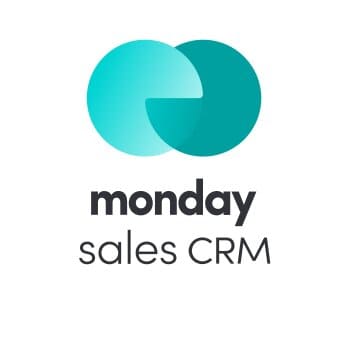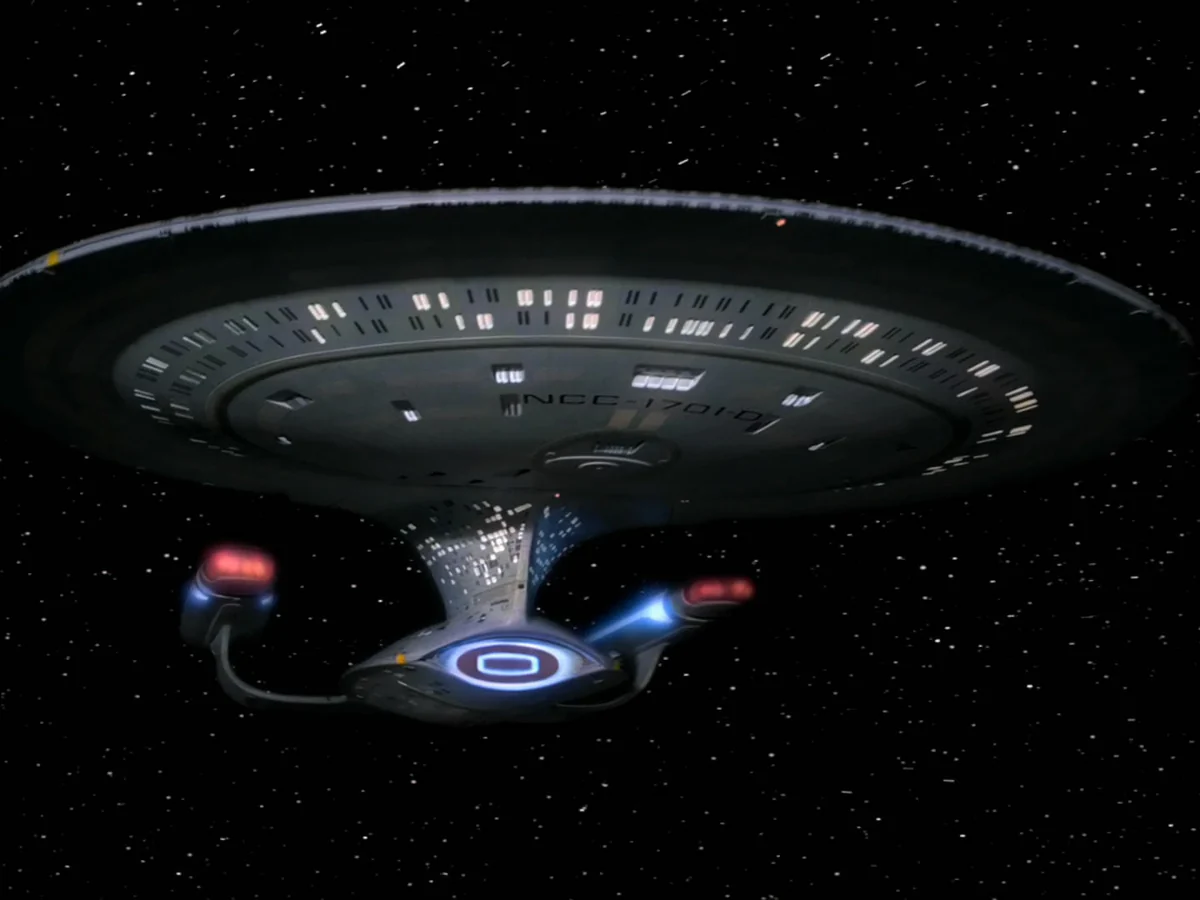In the digital age, corporations continually seek ways to streamline operations. Enter the synergy of Customer Relationship Management (CRM) and Enterprise Resource Planning (ERP) systems. But what happens when you integrate them?
Let's dive in.
-1-4.png?width=250&height=125&name=%D0%94%D0%B8%D0%B7%D0%B0%D0%B9%D0%BD%20%D0%B1%D0%B5%D0%B7%20%D0%BD%D0%B0%D0%B7%D0%B2%D0%B8%20(1)-1-4.png)
Creatio
Creatio is the leading vendor of ONE platform to automate industry workflows and CRM with no code and maximum degree of freedom. Creatio enables non-technical users to create powerful business apps without coding.
-Mar-27-2024-11-11-43-6309-AM.png)
HubSpot
CRM was created ready for the modern world to help users run businesses and start selling. Moreover, it is the ultimate CRM for web designers, offering a versatile toolkit that improves client relationships.
-Mar-27-2024-11-21-46-3665-AM.png)
Zoho
It is a web-based email marketing management service for small and medium businesses. It automates the entire marketing process - from managing your email marketing campaign to maintaining mailing lists.
-Mar-27-2024-11-11-30-6271-AM.png)
Salesforce
Salesforce is an industry leader known for its mammoth feature set and endless customization options. The platform can adapt to any industry, from manufacturing to insurance.
The Rationale Behind CRM and ERP Integration:
Understanding the integration begins with recognizing individual contributions. CRM manages customer interactions, while ERP handles internal processes from finance to supply chain.
-
Improved Business Efficiency: Eliminate redundant tasks, ensuring consistent data across departments.
-
Real-time Data Access: Instantaneous data updates mean every department stays informed in real-time.
-
Streamlined Operations: Seamless flow between customer data and backend operations like billing and procurement.
-
Enhanced Customer Experience: Integration ensures that customer touchpoints, from sales to service, are informed and agile.
Common CRM and ERP Platforms in the Corporate World:
From Salesforce and Microsoft Dynamics in the CRM realm to giants like SAP and Oracle for ERPs, the corporate world is spoilt for choice.
Leading CRM Choice

4.8
Key Benefits of CRM and ERP Integration:
-
Unified View of Business Processes: A holistic view from customer interactions to backend operations.
-
Automated Data Flow: Say goodbye to manual data entries, ensuring timely and error-free data transitions.
-
Improved Sales Forecasting: Understand demand trends by correlating sales data with inventory levels.
-
Enhanced Collaboration: No more data silos. Every department can now sing from the same hymn sheet.
The Integration Process: Step-by-step Guide
-
a. Preliminary Assessment: What are your business's unique needs? Begin with an in-depth audit.
-
b. Choosing the Right Integration Tools: Middleware platforms or custom connectors? Make an informed choice based on your systems and budget.
-
c. Data Mapping: Ensure data transition without hitches, mapping fields between the CRM and ERP correctly.
-
d. Integration Implementation: Using chosen tools, begin the integration, ensuring all processes are in sync.
-
e. Testing and Quality Assurance: Before going live, rigorous testing ensures data integrity and system functionality.
-
f. Training and Onboarding: A new system demands updated skills. Ensure your team is ready with comprehensive training.
Potential Challenges and Solutions:
Integration is rarely without hiccups. Common challenges include:
-
Data Migration Issues: Cleanse data before migration to avoid discrepancies.
-
Differing System Architectures: Consider middleware solutions that act as a bridge between different architectures.
-
Resistance to Change: Employee onboarding programs can be crucial.
Real-world Case Studies:
Company A: Faced with data silos, they turned to integration, resulting in a 30% efficiency boost.
Company B: Their sales forecasting was off until they integrated their CRM with ERP, resulting in inventory cost savings.
Future Trends: AI and Machine Learning in Integrated Systems:
The future beckons with AI-driven insights. Integrated systems can leverage AI for:
-
Predictive Analytics: Forecast future sales trends based on historical data.
-
Automated Data Processing: Let AI handle routine data tasks, freeing humans for strategic roles.
Conclusion
Powerful CRM System

4.7
The integration of CRM and ERP isn't just a tech upgrade; it's a business evolution. For modern enterprises, it paves the way for unparalleled efficiency and customer experiences.





